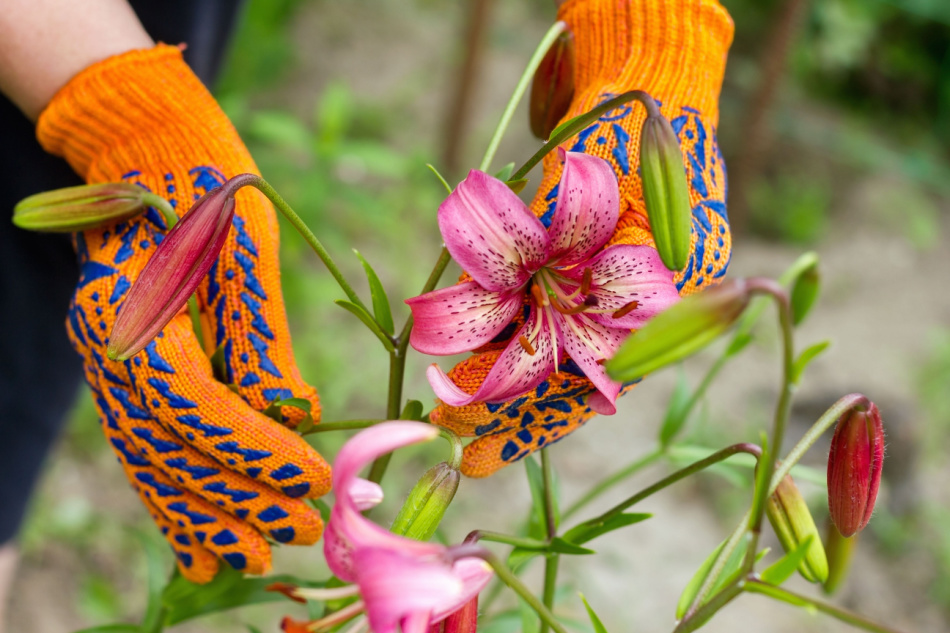In England, vast stretches of roadside have been transformed into what essentially wild gardens with low-growing flowers. Where there were once thick clumps of grass and gravel, there are now wildflowers such as black medic, birds-foot trefoil, and red clover. The whole idea behind this transformation of roadsides is to create a haven for struggling butterfly and insect populations.
The reasons behind this unlikely mini-revolution for biodiversity are simple. When the worst of the 2014 growing season was over in Dorset Country, ecologist Philip Sterling was brought in to oversee the county’s service team. He and Giles Nicholson, Dorset council’s countryside and greenspace manager, set about applying the centuries-old principles of haymaking to the management of verges, cul-de-sacs and urban grass patches across the county. It is a practice that has now been adopted by other counties in the UK, including in Lincolnshire.
The process is simple: cut infrequently, ideally, just twice a year in spring and then late summer once plants have bloomed and seeded; remove the clippings to gradually reduce the fertility of the soil and prevent a buildup of mulch; repeat, wait, and enjoy the resurgent wildlife and flowers.
The before and after photos of otherwise ordinary roadsides across Dorset show the dramatic effects of Nicholson and Sterling’s maintenance regime, as suffocated seed banks have been allowed to spring back into life. And not only is it providing a habitat where insects can thrive, but it’s also saving counties thousands in roadside maintenance.











